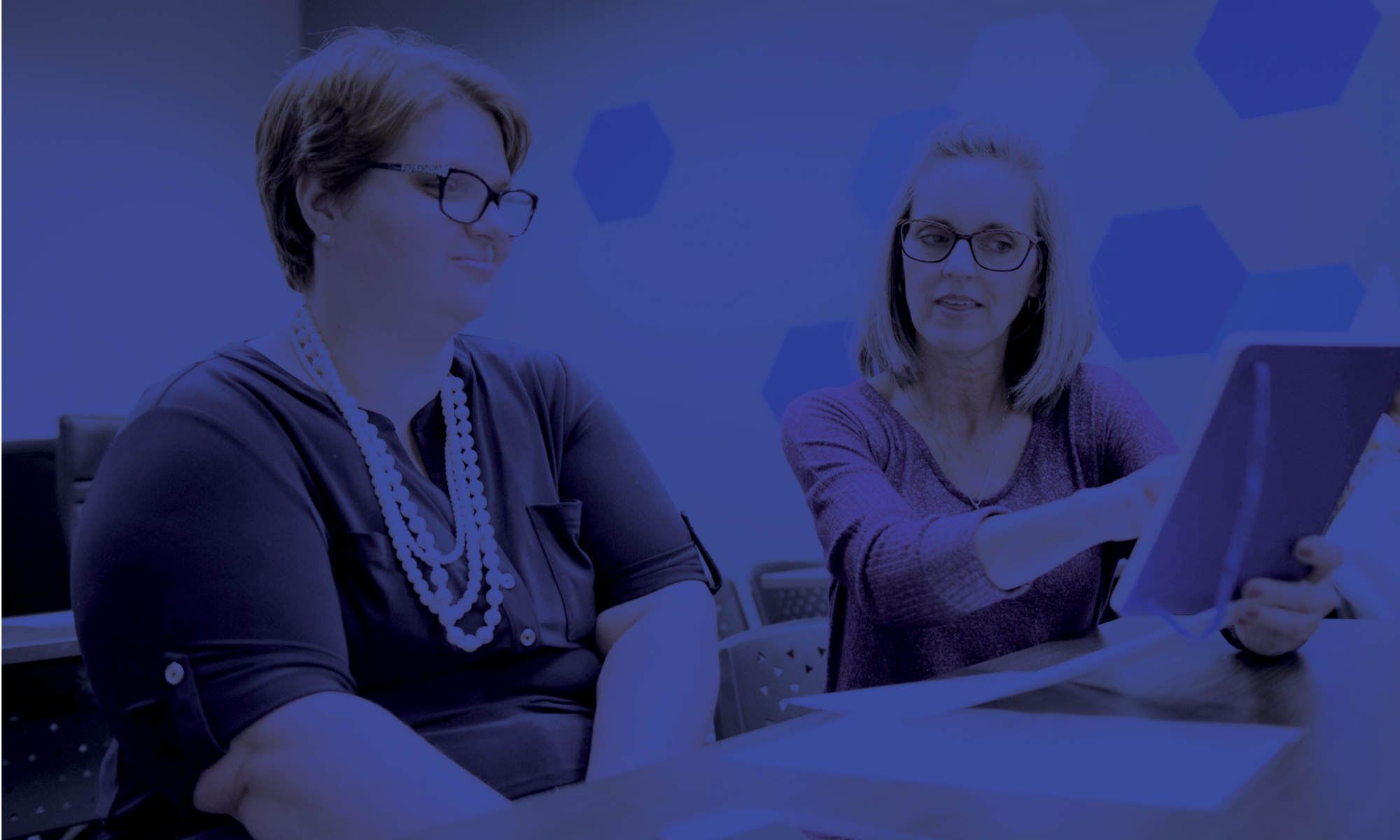By Krystal Tanner and Andrew Johnson
As of 2021, 76% of U.S. workers reported at least one symptom of a mental health condition, with the World Health Organization estimating by 2030 mental health will be the “leading cause of disease burden globally.” As increasing populations look for workplaces that support mental health, employers are facing an ever-growing demand to develop tools and provide resources to serve the needs of all employees, especially those with mental health conditions.
Continue reading “Mental Health in the Workplace: Accommodations and Workplace Practices to Support Mental Health and Wellbeing”
